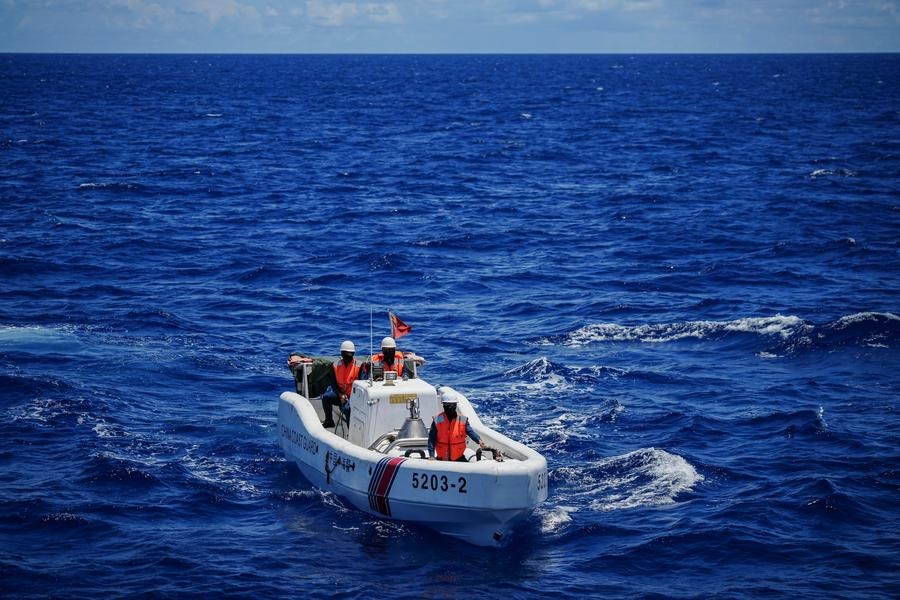New Fengyun satellite to boost China's global weather forecasting

China launched a meteorological satellite early Saturday for weather forecasting, climate change monitoring and atmospheric chemistry research.
A Long March 4C carrier rocket lifted off at 3:28 am from the Jiuquan Satellite Launch Center in northwestern China's Gobi Desert, placing the Fengyun 3H satellite into its preset orbit, according to the China National Space Administration.
The administration said in a news release that the satellite is equipped with nine advanced instruments, including a medium-resolution spectral imager, a hyperspectral infrared atmospheric sounder and a microwave temperature sounder.
Its operations are expected to strengthen China's capabilities in global numerical weather prediction, responses to global climate change, and meteorological disaster prevention and mitigation, the administration said.
China launched its first weather satellite, Fengyun 1A, in 1988. Since then, it has sent 22 Fengyun meteorological satellites into space. The country currently operates 11 weather satellites — three from the Fengyun 2 series, six from the Fengyun 3 series and two from the Fengyun 4 series.
Both the rocket and the satellite launched on Thursday were developed by the Shanghai Academy of Spaceflight Technology, a subsidiary of China Aerospace Science and Technology Corp, the nation's leading space contractor.
The Long March 4C model has a liftoff weight of 250 metric tons and is mainly used to send satellites into sun-synchronous orbit. It can carry a payload of up to 3 metric tons to an orbit about 700 kilometers above Earth.
Saturday's mission was China's 58th rocket launch in 2025 and the 596th flight of the Long March rocket family.
- Six injured, buildings damaged in Gansu earthquake
- Houses collapse after earthquake hits rural area of Gansu
- New Fengyun satellite to boost China's global weather forecasting
- Biosphere congress in Hangzhou urges more intl cooperation
- Pool of skilled workers widens
- China increases basic pensions by another 2%




































